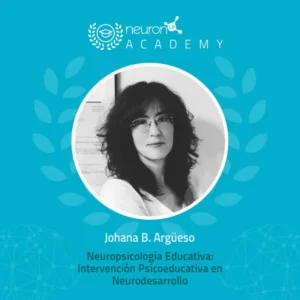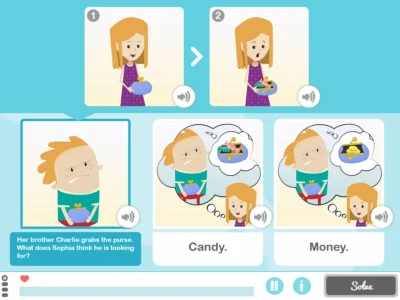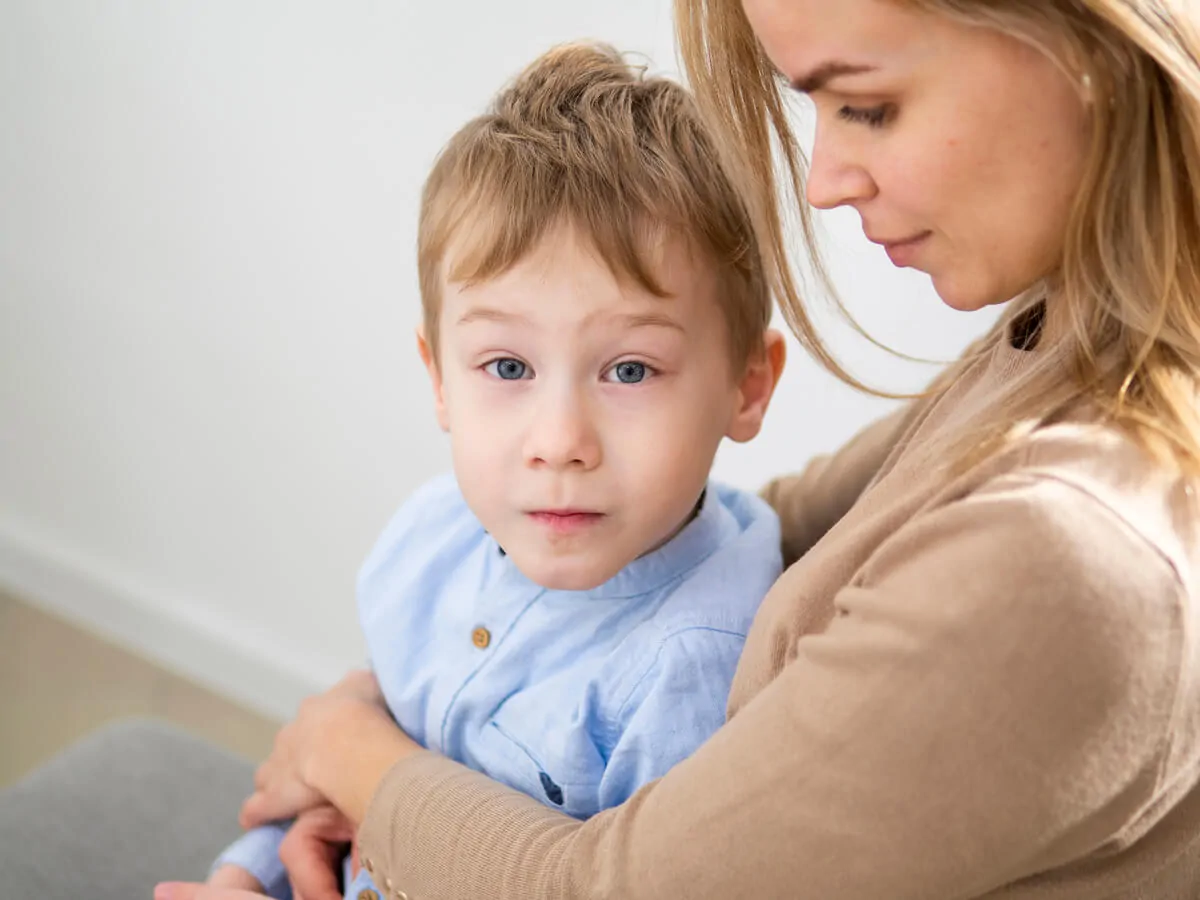Educational psychologist Johana B. Argüeso WILL DELIVER THE TALK
FREE AND ONLINE ON JUNE 7 at NeuronUP Academy
Educational psychologist Johana B. Argüeso will give a free online talk on NeuronUP Academy about Educational Neuropsychology – Psychoeducational Intervention in Neurodevelopment on Tuesday, June 7, 2022, at 7 p.m. (Spain time). We look forward to seeing you!
And remember!
1. We have increased the Q&A time to 30 minutes so that no question goes unanswered.
2. NeuronUP clients and professionals with a NeuronUP free trial who attend the live talk will receive an attendance certificate, exclusively.
Fill out this form and click on ‘REGISTER Right Now’ to be able to attend the talk.
Talk details
Speaker:
Johana B. Argüeso
Talk title:
Educational Neuropsychology – Psychoeducational Intervention in Neurodevelopment
Certificate of attendance
Clients and professionals with a free trial.
Date: Tuesday, June 7, 2022.
Time:
Mexico: 12 p.m.
Colombia: 12 p.m.
Chile: 1 p.m.
Argentina: 2 p.m.
Spain: 7 p.m.

Profile of Johana B. Argüeso
She holds a degree in Psychology from the Complutense University of Madrid, with specializations in Educational Psychology and Social Psychology. Eleven years working as a professional, with early internships at a multidisciplinary center for a year and a half (Clinical Psychology, Speech Therapy, Pedagogy) before finishing her degree, and initial years in the psychosocial-educational field aiming to cover as much as possible within child and adolescent development.
In 2016 I opened my own Educational Psychology Center dedicated specifically to Learning Difficulties, Neurodevelopmental Disorders and High Cognitive Efficiency. Between 2020 and 2021 I developed an Educational Neuropsychology program to learn how to carry out quality assessments, which culminated in 2022 with the opening of the first Professional Academy of Educational Psychology.
Frequently asked questions
1. Who is this talk aimed at?
This talk is aimed at neuropsychologists, psychologists, neurologists, occupational therapists, speech therapists and physiotherapists, as well as students in the neurorehabilitation field.
2. How much does this talk cost?
This talk is completely free on the day of the broadcast. Afterwards, the talk will be available only to NeuronUP customers within the platform.
3. Where is the talk held?
The talk is online and you can access it from wherever you are.
4. How long does it last?
The talk lasts 1 hour.
5. Is the talk live?
We record the talk in advance to ensure the highest quality and to try to avoid possible cuts due to poor connection. At the end of the talk, the speaker will be available LIVE for 30 minutes to answer questions.
6. Is there a Q&A session?
The speaker will answer doubts live during the last 30 minutes. If there is not enough time to answer all the questions, the speaker will respond in writing on the NeuronUP blog.
Recommendations for attending the talk
- Access from a computer. People accessing from a mobile device may have problems viewing or hearing the talk due to an insufficient Wi‑Fi signal, so we recommend joining from a desktop or laptop computer.
- Use a wired connection, if possible instead of Wi‑Fi.
- Run a connection test before joining the talk. This option is available to each user on the event entry screen.
Sign up for the NeuronUP Academy newsletter
We will notify you about all talks directly to your inbox.

“This article has been translated. Link to the original article in Spanish:”
Neuropsicología Educativa – Intervención Psicoeducativa en Neurodesarrollo






 Exercises to develop working memory
Exercises to develop working memory
Leave a Reply